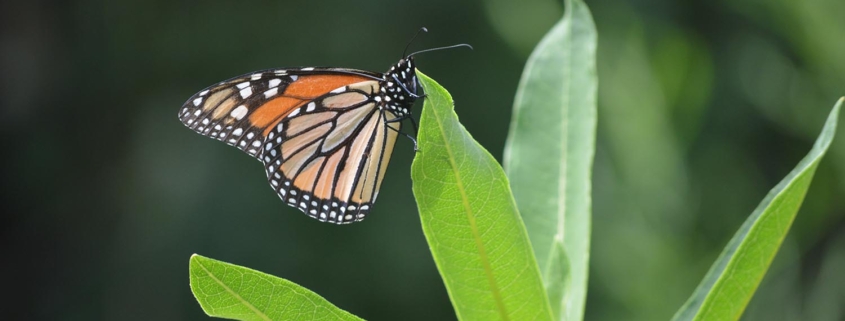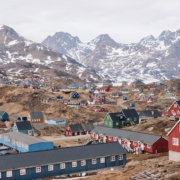Climate Change Impacts on Monarch Butterfly Migration and Survival
Climate change threatens the survival and migration practices of monarch butterflies. Drastic shifts in weather patterns and the fragmentation and degradation of habitat adversely affect environmental cues facilitating migration and hibernation of monarch butterflies. Restoring the monarch butterflies’ habitats, destroyed by climate change and deforestation practices, would increase the butterflies’ chances of survival.
Monarch butterflies are among the endangered species assessed by the Committee on the Status of Endangered Wildlife in Canada (COSEWIC). Once numbered at over one billion in the 1990s, monarch butterflies declined to approximately two hundred million individuals in 2015-2016.
Milkweed is the food supply for monarch butterflies. Monarch butterflies need milkweed to grow and develop. Caterpillars only feed on milkweed. As milkweed adapts to climate change, they can also threaten to poison the butterflies. When milkweed plants sense warming temperatures, they increase their production of cardenolide, a poison, as a defensive mechanism against predators.
Monarch butterflies can freeze to death in temperatures below freezing. As the weather gets colder in parts of Canada and the United States, monarch butterflies fly thousands of miles south to Mexico, starting in October, to winter among the Oyamel Fir Tree forests. Typically, monarch butterflies make their return trip North in early April; however, habitat loss threatens monarch survival.
Practices of rewilding rural and city landscapes, including growing more milkweed, support monarch butterflies’ survival, and the nectar-rich milkweed give the butterflies added energy before their long flight South each year.
By Leela Viswanathan
(Image Credit: M. Dean, Unsplash)






